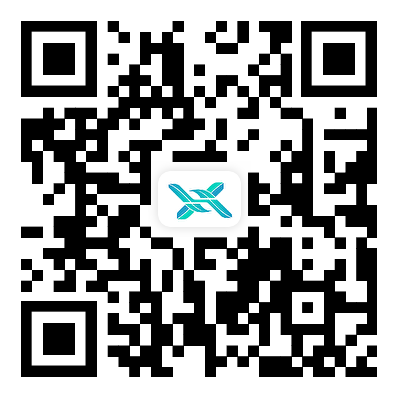
Fully human heavy chain synthetic library
The fully human single-chain antibody library combines the low immunogenicity of fully human origin with the high permeability of the single-chain structure. It is an important tool for developing next-generation therapeutic antibodies (especially solid tumor-targeting drugs) and provides a rapid screening platform for personalized medicine.
Fully human single-domain antibody libraries combine the low immunogenicity of fully human origin with the high permeability of single-chain structures. They are important tools for developing next-generation therapeutic antibodies (especially solid tumor-targeting drugs) and provide a rapid screening platform for personalized medicine. Their technological advantages are driving the development of multiple clinical candidate drugs, such as scFv-based CAR-T therapies and bispecific antibodies. Compared to traditional large-molecule antibodies, fully human single-domain antibodies have the following advantages:
Low immunogenicity
Fully human sequences: Antibody genes are entirely derived from humans, avoiding the heterogeneity of murine or chimeric antibodies, significantly reducing the risk of generating anti-drug antibodies (ADA) during treatment, and improving clinical safety.
High diversity potential
In vitro evolutionary optimization: Mutations can be introduced through error-prone PCR, chain displacement, and other techniques to further improve affinity and specificity.
Structural flexibility and permeability
Small molecular weight (~25-30 kDa): Single-chain antibodies (such as scFv) or single-domain antibodies (such as VH) are small in size and easily penetrate solid tumors or the blood-brain barrier, suitable for tumor targeting or treatment of central nervous system diseases.
Customizable design: Can be fused with toxins, radioisotopes, or fluorescent labels to construct multifunctional molecules (such as bispecific antibodies or CAR-T targeting structures).
Efficient screening and production
Adaptable to high-throughput technology: Compatible with phage display, yeast display, and other platforms for rapid screening of high-affinity clones.
Convenient prokaryotic expression: No complex post-translational modifications of mammalian cells are required; high-efficiency expression can be achieved in systems such as E. coli, reducing costs.
Main technical route

Selecting VH germline as the framework region, randomizing CDR1/2/3 through Trimer primers to introduce antibody diversity.
Service Content
Serial Number | Main Steps | Content | Cycle | Delivery Result |
1 | Antigen preparation | Customer provides 2mg of antigen for screening and preliminary identification. |
|
|
2 | Phage library screening (fully human single-domain antibody library) | 1. 3-4 rounds of panning 3. ELISA ranking | 4-8 weeks | Up to 40 sequences will be provided in batches (20 in the first batch, 20 in the second batch) for full antibody expression and activity verification by the customer. |
3 | Antibody expression and purification | The antibodies obtained from phage screening are converted into the VHH-Fc form for expression and affinity purification. | 2-3 weeks | Up to 1mg of protein per sequence (concentration >1mg/ml, 1-step purification: SEC >95%, SDS-PAGE >95%) |
4 | Total cycle | 6-11 weeks | ||
Documents


